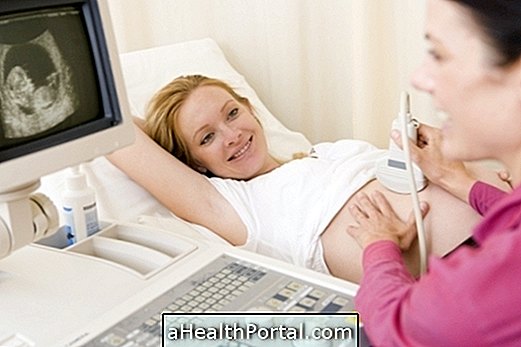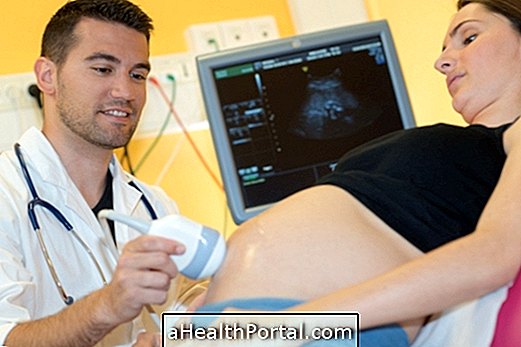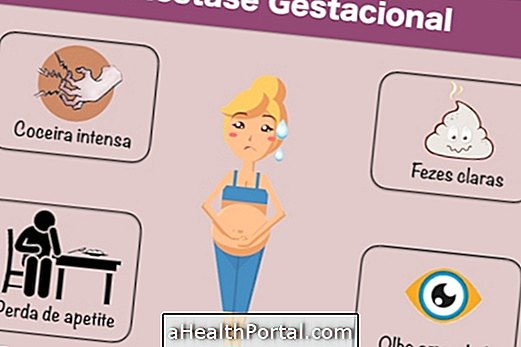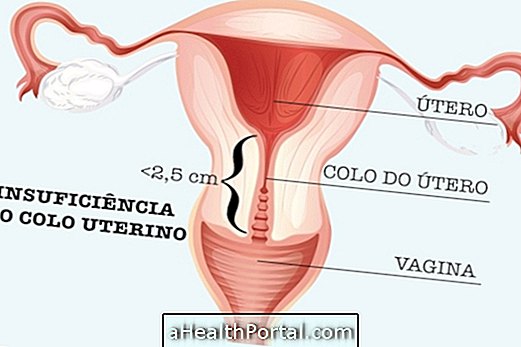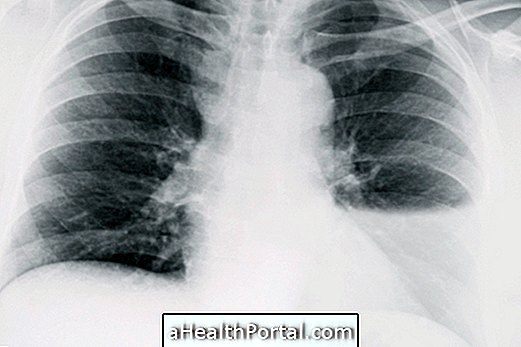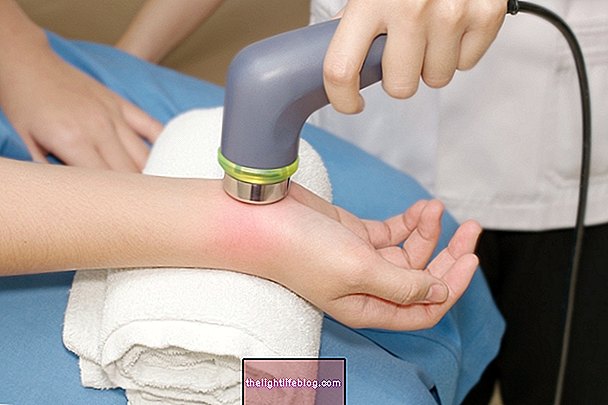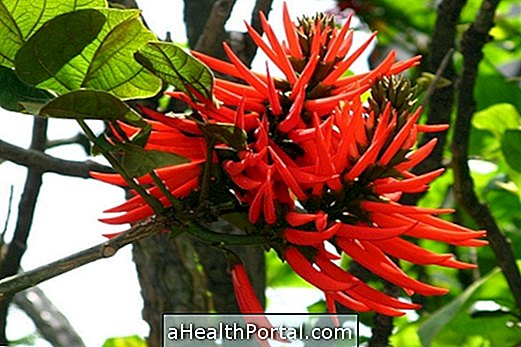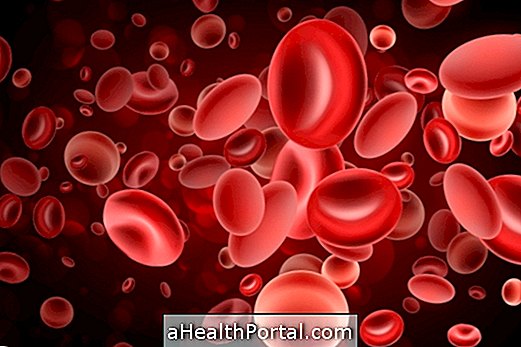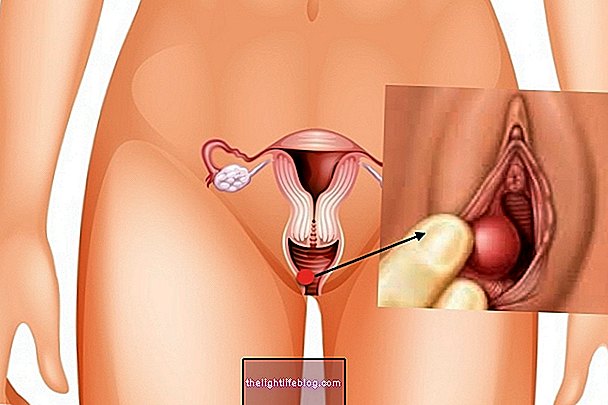The best treatment for HELLP syndrome is to induce early delivery when the baby already has well developed lungs, usually after 34 weeks, or to accelerate their development so that delivery is advanced in cases of gestational age below 34 weeks.
Thus, in cases where the syndrome appears in pregnant women with less than 34 weeks of gestation, it is often recommended that the obstetrician recommends hospitalization to make a constant evaluation of the pregnant woman and to begin treatment with:
- Absolute bed rest;
- Blood transfusions, to treat anemia caused by the syndrome;
- High blood pressure medication prescribed by the obstetrician;
- Ingestion of magnesium sulfate, to prevent seizures due to high blood pressure;
- Injections of corticosteroids into the muscle, to accelerate the development of the baby's lungs;
However, when symptoms of HELLP syndrome worsen or gestational age is less than 24 weeks, the obstetrician may recommend an abortion to avoid serious complications in the pregnant woman, such as acute renal failure, acute lung edema and even death.
If the baby was born before 37 weeks, it is common for him to stay in a hospital incubator until his lungs and other organs are properly developed.
Signs of HELLP Syndrome Improvement
Signs of HELLP Syndrome improvement are stabilizing blood pressure to values similar to those the woman had before becoming pregnant, as well as reducing headaches and vomiting.
In postpartum HELLP syndrome the pregnant woman will feel better in about 2 to 3 days, but should continue to be evaluated by the obstetrician or general practitioner at least once a week during the first month.
Signs of worsening HELLP syndrome
Signs of worsening HELLP syndrome arise when treatment is not started on time or when the body of the pregnant woman is unable to withstand increased blood pressure and includes difficulty breathing, bleeding, and decreased urine output.
